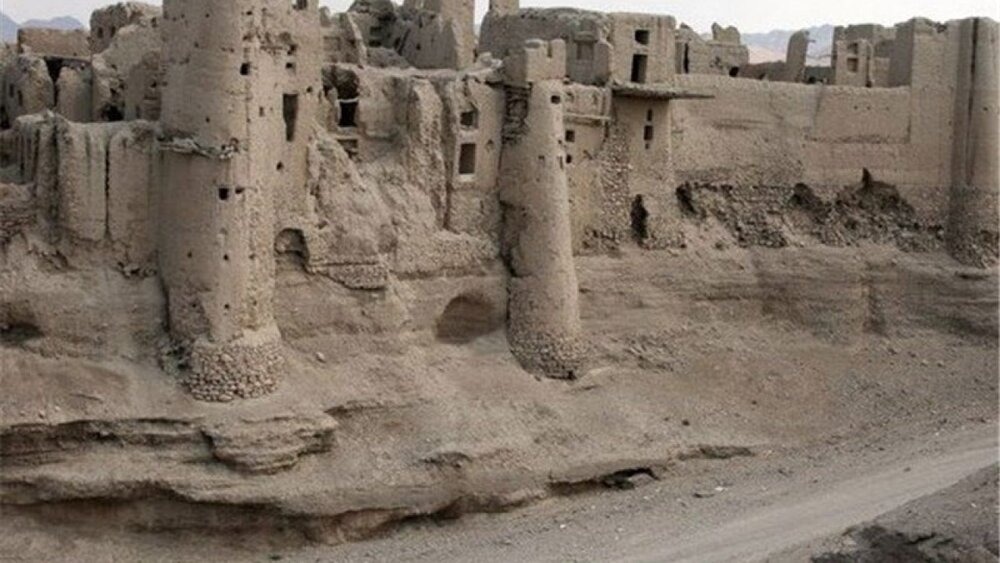On a par with Bam cultural landscape, Oltan can be important tourist destination

TEHRAN – The ancient Oltan fortress, which is on a par with the UNESCO-designated Arg-e Bam and its Cultural Landscape, has the potential to be an “important destination” for foreign travelers, Ardabil’s tourism chief has said.
“The significance of Oltan fortress and its surrounding cultural landscape is no less than that of Bam Citadel… This way, Oltan has enormous potential to become an important destination for foreign and domestic travelers if is approved to become a national archeological base,”Fardin Eyni said on Monday.
A team of Iranian archaeologists has recently finished an archaeogeophysical survey on the fortress and surrounding landscapes. The experts are aimed at developing a digital map of the site using aerial photographs.
“The archeogeophysical survey (environmental archeology) of this area was conducted in close collaboration with Shahid Beheshti University of Tehran. It yielded valuable documents, ruins, and relics that show the site was prosperous in different historical periods,” the official explained.
According to senior archaeologist Rouhollah Mohammadi, one of the highlights of their recent excavation was a wooden coffin unearthed from a nearby cemetery. The coffins are estimated to date from the (early) Islamic era.
Moreover, the archaeologists discovered some pit-shaped burials related to the early Islamic centuries until the Seljuk period as well as the Parthian period, Mohammadi said.
In 2005, an archeological excavation hailed the discovery of a big fortress in the Oltan region estimated to date from the Sassanid era. Aerial and satellite photographs indicated that the site was much bigger than previously thought.
Additional excavations led to the discovery of a citadel’s gate that was four meters in width. The gate was restored and reconstructed later, especially during the Islamic era.
According to UNESCO, Arg-e Bam is the most representative example of a fortified medieval town built in vernacular technique using mud layers (Chineh), sun-dried mud bricks (khesht), and vaulted and domed structures. Bam and its Cultural Landscape represent an outstanding example of an ancient fortified settlement that developed around the Iranian central plateau and is an exceptional testimony to the development of a trading settlement in the desert environment of the Central Asian region. This impressive construction undoubtedly represents the climax and is the most important achievement of its type not only in the area of Bam but also in a much wider cultural region of Western Asia.
The cultural landscape of Bam is an important representation of the interaction between man and nature and retains a rich resource of ancient canalizations, settlements, and forts as landmarks and tangible evidence of the evolution of the area. The UNESCO-designated Bam and its Cultural Landscape is situated on the southern edge of the Iranian high plateau close to the Pakistan border.
AM
Leave a Comment